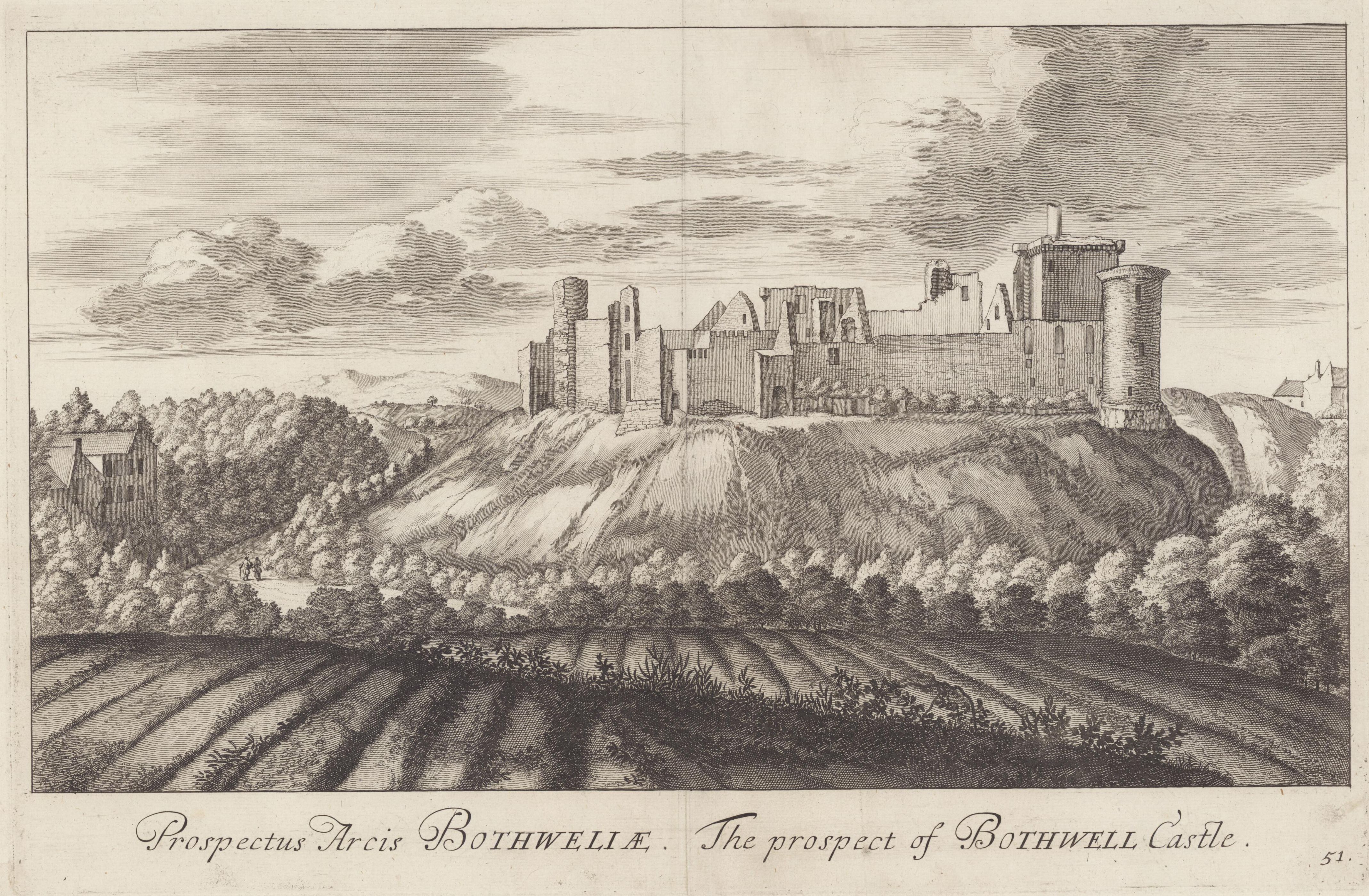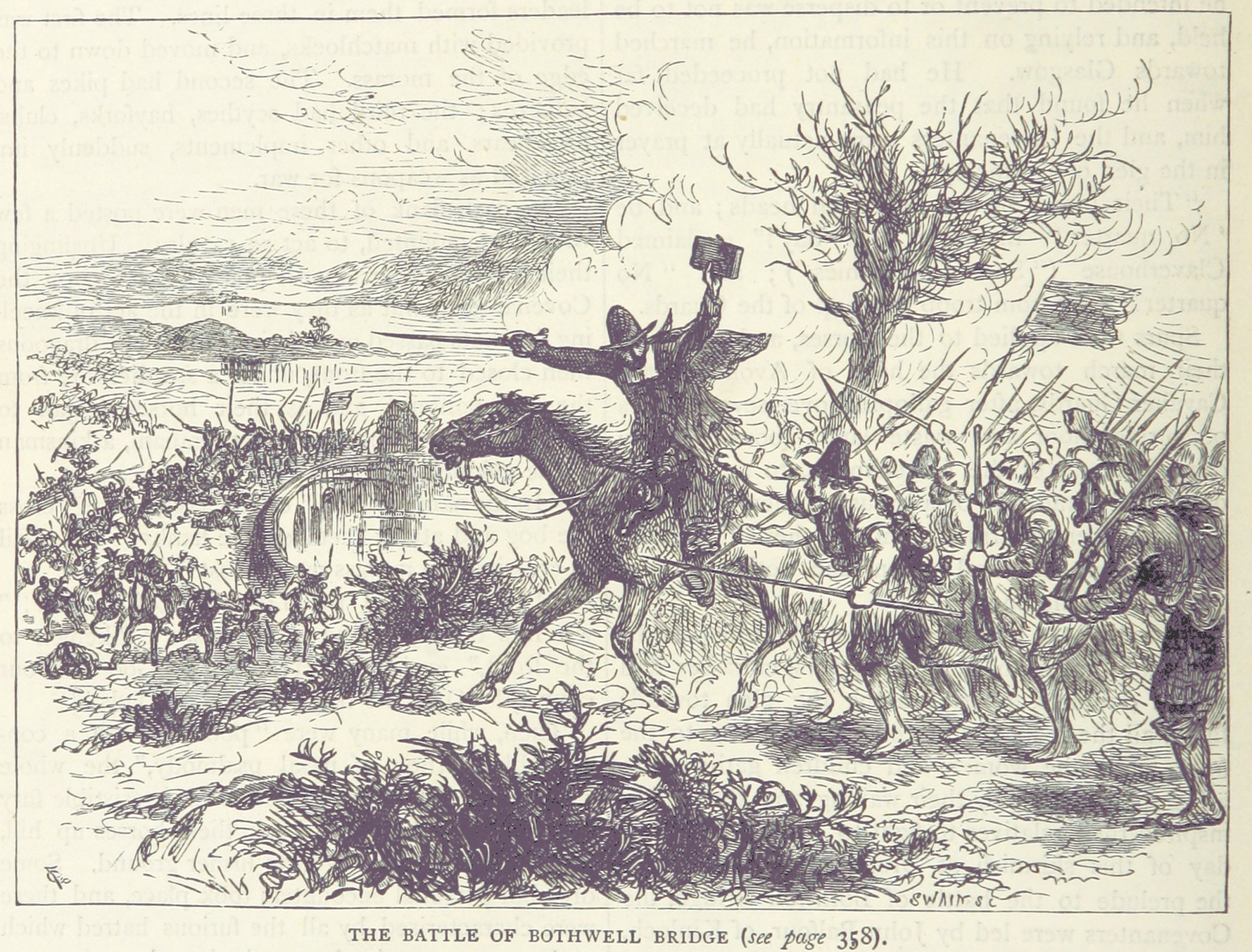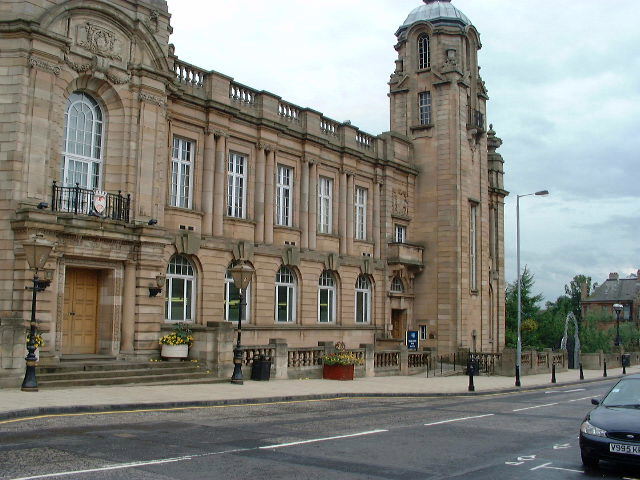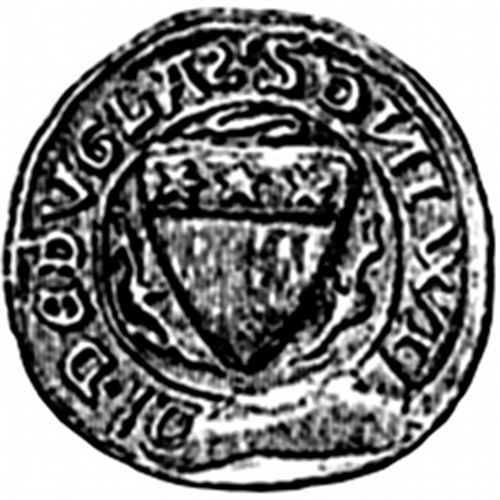|
Bothwell
Bothwell () is a Protected area, conservation village in the South Lanarkshire council area of Scotland and part of the Greater Glasgow area. It lies on the north bank of the River Clyde, adjacent to Uddingston and Hamilton, Scotland, Hamilton, east-south-east of Glasgow city centre. Description and history An ancient settlement which was once primarily a mining village, and earlier the site of the Battle of Bothwell Bridge in 1679, Bothwell is an affluent commuter town that has attracted a number of local celebrities including several professional footballers. Owing to a steady rise in property prices, Bothwell is one of Glasgow's most prosperous satellites. In 2019, "Earls Gate" which overlooks Bothwell Castle was named Greater Glasgow's most expensive street, with an average price tag of £1,125,000. In 2021 Earls Gate was again named the City's most expensive street; according to the report this extends to the entire West of Scotland. The houses surrounding the Main Stre ... [...More Info...] [...Related Items...] OR: [Wikipedia] [Google] [Baidu] |
Bothwell (NBR) Station 1859040 2cac9a48
Bothwell () is a conservation village in the South Lanarkshire council area of Scotland and part of the Greater Glasgow area. It lies on the north bank of the River Clyde, adjacent to Uddingston and Hamilton, east-south-east of Glasgow city centre. Description and history An ancient settlement which was once primarily a mining village, and earlier the site of the Battle of Bothwell Bridge in 1679, Bothwell is an affluent commuter town that has attracted a number of local celebrities including several professional footballers. Owing to a steady rise in property prices, Bothwell is one of Glasgow's most prosperous satellites. In 2019, "Earls Gate" which overlooks Bothwell Castle was named Greater Glasgow's most expensive street, with an average price tag of £1,125,000. In 2021 Earls Gate was again named the City's most expensive street; according to the report this extends to the entire West of Scotland. The houses surrounding the Main Street are of older sandstone Victorian ... [...More Info...] [...Related Items...] OR: [Wikipedia] [Google] [Baidu] |
Bothwell Castle
Bothwell Castle is a large medieval castle, sited on a high, steep bank, above a bend in the River Clyde in South Lanarkshire, Scotland. It is located between Bothwell and Uddingston, about south-east of Glasgow. Construction of the castle was begun in the 13th century by the ancestors of Clan Murray, to guard a strategic crossing point of the Clyde. Bothwell played a key role in Scotland's Wars of Independence, changing hands several times. The huge cylindrical donjon was built in the 13th century, but before the rest of the castle was completed it was severely damaged in a series of sieges. Rebuilding in the early 15th century enlarged the castle, but it was abandoned by the 18th century. The present ruin is rectangular, with the remains of the donjon to the west, and the later Great Hall to the east. The courtyard is enclosed by long curtain walls, with round towers at the south-east and south-west corners. The castle was described by Scottish archaeologist William Dou ... [...More Info...] [...Related Items...] OR: [Wikipedia] [Google] [Baidu] |
Battle Of Bothwell Bridge
The Battle of Bothwell Bridge, or Bothwell Brig' took place on 22 June 1679. It was fought between government troops and militant Presbyterian Covenanters, and signalled the end of their brief rebellion. The battle took place at the bridge over the River Clyde between Hamilton, South Lanarkshire, Hamilton and Bothwell in Lanarkshire, Scotland. The battlefield has been included in the Inventory of Historic Battlefields in Scotland and protected by Historic Scotland under the Historic Environment (Amendment) Act 2011. Background Following the Restoration (England), Restoration of Charles II of England, King Charles II, the Presbyterians in Scotland were increasingly persecuted for their beliefs, and a small armed rising had been put down in 1666. Although some Presbyterian ministers were "Indulged" by the government from 1669, allowing them to retain their churches without having to accept Episcopacy, the more hard-line elements continued to hold illegal outdoor meetings, known ... [...More Info...] [...Related Items...] OR: [Wikipedia] [Google] [Baidu] |
Patrick Hepburn, 1st Earl Of Bothwell
Patrick Hepburn, 1st Earl of Bothwell (died 18 October 1508) was Lord High Admiral of Scotland. He rose to political prominence after supporting James IV against his father, and was proxy at the King's marriage. Career Patrick was the son of Adam Hepburn, Master of Hailes, and succeeded his grandfather also Patrick Hepburn as the 2nd Lord Hailes in (1482/1483). He or his grandfather held Berwick Castle against an English army led by Richard, Duke of Gloucester until the last week of August 1482, after which Berwick upon Tweed became a possession of England. Under his territorial designation of "Patrick Hepburn of Dunsyre," he was made Sheriff of Berwickshire on 15 June 1480. Patrick Hepburn, Lord Hailes, was one of the Conservators of a truce with England on 20 September 1484. He was one of the leaders of the Confederate Lords who rebelled against King James III of Scotland, and he led the vanguard against the Royal array at the battle of Sauchieburn, 11 July 1488. Robert Bi ... [...More Info...] [...Related Items...] OR: [Wikipedia] [Google] [Baidu] |
Uddingston
Uddingston (, ) is a small town in South Lanarkshire, Scotland. It is on the north side of the River Clyde, south-east of Glasgow city centre, and acts as a dormitory suburb for the city. Geography and boundaries Uddingston is located to the south-east of Glasgow city centre and approximately east of the Glasgow City Council boundary (ending at the former Glasgow Zoo at Broomhouse - part of Baillieston). It is bounded to the south-west by the River Clyde as it flows north-west towards Glasgow, separating Uddingston, along with some woodland, from the neighbouring towns of Blantyre to the south and Cambuslang to the west. As such, the Clyde Walkway and National Cycle Route 75 both traverse the town. The nearest settlement to Uddingston is the large village of Bothwell, almost contiguous to the south-east; the two main streets are apart. The village of Uddingston, which is contained exclusively within the boundaries of South Lanarkshire, houses around 6,400 residen ... [...More Info...] [...Related Items...] OR: [Wikipedia] [Google] [Baidu] |
Hamilton, Scotland
Hamilton (; ) is a large town in South Lanarkshire, Scotland. It serves as the main administrative centre of the South Lanarkshire council area. It sits south-east of Glasgow, south-west of Edinburgh and north of Carlisle. It is situated on the south bank of the River Clyde at its confluence with the Avon Water. Hamilton is the county town of the Shires of Scotland, historic county of Lanarkshire and is the location of Lanark County Buildings, the headquarters of the modern Local government in Scotland, local authority of South Lanarkshire. The town itself has a population of around 55,000, which makes it the 9th largest List of towns and cities in Scotland by population#Localities, locality in Scotland, and anchors a defined List of towns and cities in Scotland by population#Settlements, settlement of 84,000 (including neighbouring Blantyre, South Lanarkshire, Blantyre, Bothwell and Uddingston) which is the country's 8th largest. History The town of Hamilton was originally k ... [...More Info...] [...Related Items...] OR: [Wikipedia] [Google] [Baidu] |
South Lanarkshire
South Lanarkshire (; ) is one of 32 unitary authorities of Scotland. It borders the south-east of the Glasgow City council area and contains some of Greater Glasgow's suburban towns, as well as many rural towns and villages. It also shares borders with Dumfries and Galloway, East Ayrshire, East Renfrewshire, North Lanarkshire, the Scottish Borders and West Lothian. It includes most of the historic county of Lanarkshire. The administrative centre of South Lanarkshire is Hamilton, with the seat of the local authority, South Lanarkshire Council, located at Lanark County Buildings. History South Lanarkshire covers the southern part of the historic county of Lanarkshire. Lanarkshire had existed as a shire from around the time of King David I, who ruled Scotland from 1124 to 1153. The county took its name from the original county town at Lanark, which had been the site of the first Parliament of Scotland under Kenneth II in 978. Local government was reformed in 1975 under the ... [...More Info...] [...Related Items...] OR: [Wikipedia] [Google] [Baidu] |
Rutherglen (UK Parliament Constituency)
Rutherglen is a burgh constituency represented in the House of Commons of the United Kingdom, House of Commons of the Parliament of the United Kingdom. The seat first existed between 1918 and 2005 (known latterly as Glasgow Rutherglen) and was re-established under the Scottish Westminster constituencies#Recommended changes, final recommendations of the Boundary Commission for Scotland as part of the 2023 review of Westminster constituencies which came into effect for the 2024 United Kingdom general election, 2024 general election. In the intervening period, the seat was largely replaced by Rutherglen and Hamilton West (UK Parliament constituency), Rutherglen and Hamilton West. The seat has been held since 2024 by Michael Shanks (politician), Michael Shanks of Scottish Labour. Shanks had been the MP for Rutherglen and Hamilton West since a 2023 Rutherglen and Hamilton West by-election, by-election victory in 2023. Boundaries 1918–1949: "The burgh of Rutherglen and the part ... [...More Info...] [...Related Items...] OR: [Wikipedia] [Google] [Baidu] |
House Of Douglas
Clan Douglas (Gaelic: ''Dùbhghlas'') is an ancient clan or noble house from the Scottish Lowlands. Taking their name from Douglas in Lanarkshire, their leaders gained vast territories throughout the Borders, Angus, Lothian, Moray, and also in France and Sweden. The family is one of the most ennobled in the United Kingdom and has held numerous titles. The Douglases were one of Scotland's most powerful families,Way, George and Squire, Romily. (1994). ''Collins Scottish Clan & Family Encyclopedia''. (Foreword by The Rt Hon. The Earl of Elgin KT, Convenor, The Standing Council of Scottish Chiefs). pp. 384–385. and certainly the most prominent family in lowland Scotland during the Late Middle Ages, often holding the real power behind the throne of the Stewart kings. The heads of the House of Douglas held the titles of the Earl of Douglas (Black Douglas) and later the Earl of Angus (Red Douglas). The clan does not currently have a chief recognised by the Lord Lyon. The principa ... [...More Info...] [...Related Items...] OR: [Wikipedia] [Google] [Baidu] |
Archibald Douglas, 1st Earl Of Forfar
Archibald Douglas, 1st Earl of Forfar, 2nd Earl of Ormonde (3 May 1653 – 11 November 1712) was a Scottish peer. He was the second son and youngest child of Archibald Douglas, Earl of Angus and 1st Earl of Ormond, by his second wife, Jean Wemyss, the daughter of David Wemyss, 2nd Earl of Wemyss and the Hon. Anna Balfour of Burleigh. He was also the younger half-brother of James Douglas, 2nd Marquess of Douglas and the younger brother of Lady Margaret Douglas, wife of Alexander Seton, 1st Viscount of Kingston. He was made the Earl of Forfar and Lord of Wandell and Hartside on 2 October 1661 at the age of eight. He married Robina Lockhart (1662–1741), daughter of Sir William Lockhart of Lee and Robina Sewster, on 19 August 1679 at Lincoln's Inn Chapel, London, England. His only son, Archibald Douglas, 2nd Earl of Forfar, was born in 1692. He was a Privy Counsellor to both King William III and Queen Anne from 1689 until his death in 1712. He served as Commissioner of ... [...More Info...] [...Related Items...] OR: [Wikipedia] [Google] [Baidu] |





